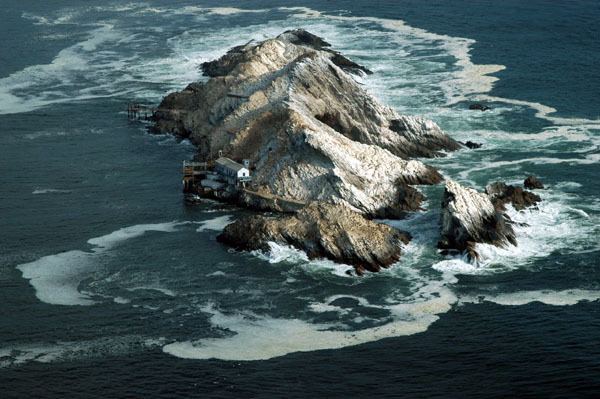 | ||
The Namibian Coast Conservation and Management Project (NACOMA) is a conservation and wildlife monitoring project operating in Namibia. NACOMA, as it is known, was officially launched in March 2006 as a five-year project co-funded by the Global Environmental Facility (GEF) and the Namibian government with the support of the World Bank.
NACOMA's objectives are to prevent the loss of biodiversity and coastal degradation in Namibia and to promote sustainable development which comply with global environmental demands on a localised and national level.
NACOMA has centers for scientific monitoring and research along the coast of Namibia including Mercury Island, Ichaboe Island, Halifax Island and the Possession Islands, islands which support the entire Namibian breeding population of Cape gannets Morus capensis, 96% of the Namibian population of the endangered African penguin Spheniscus demersus, and nearly one quarter of the global breeding population of crowned cormorants Microcarbo coronatus.
